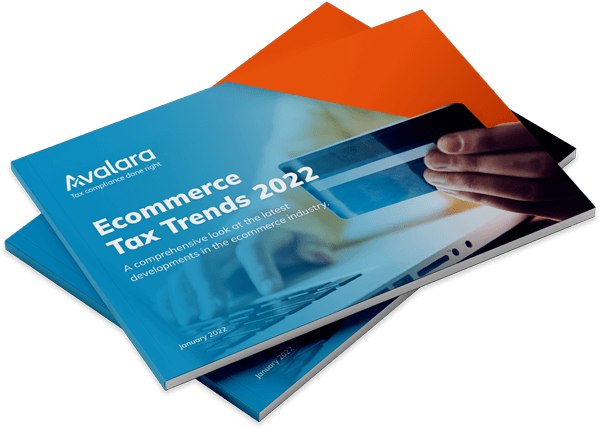
Sequential invoice numbering for tax invoices
The majority of countries with a VAT or GST regime require tax invoices to have a unique sequential number. Within the European Union, there is a pan-European requirement to have “…a sequential number, based on one or more series, which uniquely identifies the invoice”.
This sequential number may be based on one or more series of numbers, which may also include alphanumeric characters. The choice of using a different series of numbers lies with the business and it may be used for example for individual branches, or for each type of supply or for each customer. This also includes self-billed invoices or invoices issued by third parties.
HMRC, the UK tax authority, published a list of frequently asked questions about sequential numbering for UK VAT which covers various different commercial scenarios.
Key takeaways
- Sequential invoice numbering is an important VAT requirement that helps businesses maintain clear and consistent tax records.
- It provides a clear audit trail and supports transparency in how invoices are issued and reported.
- Incorrect or inconsistent numbering can lead to noncompliance, raise audit concerns, and create challenges during VAT reporting.
1. Does the invoice number series have to be numerical, or can it include letters?
The ‘invoice number’ can be numerical, or it can be a combination of numbers and letters, as long as it forms part of a unique and sequential series.
2. In order to avoid the appearance of having only just started in business I do not want to start at Invoice no.1 and would prefer to commence with, say, Invoice no 1135. Is this allowed?
Yes, as long as the invoice series runs consecutively from that point.
3. I currently use a unique customer reference number as the identifying number on the invoice. If I add an additional consecutive number will this be acceptable?
Yes, this would have the effect of creating a unique and sequential series.
4. I have several customers and I wish to run several separate sequences of invoices at the same time. Is this possible?
Yes, it is acceptable to operate more than one sequence at the same time.
5. My business operates as several separate business units or divisions. Is it possible for each unit or division to operate its own sequence of invoices?
Yes, it is acceptable to operate more than one sequence at the same time.
6. I operate a service centre, centrally issuing invoices from one series covering several corporate group companies situated in several EC member States. This means that there will be apparent breaks in invoicing sequence for each company, but I can show that the invoices are issued in sequence, albeit allocated to different entities. Is this acceptable?
Yes, this satisfies the requirement for invoices to be issued sequentially from one or more series.
7. What if there is a break in sequence, for example where I cancel an invoice or it is spoiled and never issued to a customer?
As long as you retain the cancelled or spoiled invoice in your accounting records, or you can provide an explanation for the break in sequence, this is acceptable.
Key control measure to prevent VAT fraud
Sequential invoicing numbering is a key control measure to prevent VAT fraud and to reduce the VAT Gap, and is used to:
- Ensure there is a clear audit trail of invoices issued
- Ensure suppliers don’t issue tax invoices without declaring the tax
- Include on ledgers, SAF-T and e-invoicing data to enable matching of invoices (and therefore output tax and input tax) between supplier and customers.
Some countries even provide the taxpayer with unique sequential numbers for tax invoicing, so that the number is unique across all taxpayers and not just unique to an individual taxpayer. For example, for Portuguese B2B e-invoices, from 2021, taxpayers must apply for a unique series of invoice numbers from the government in advance of issuance. Then must then use certified software to produce a QR code on each invoice including this unique document code (ATCUD).
Not meeting the sequential invoice numbering requirements can lead to:
- Penalties
- Possible challenge of recovery of input tax
- Assessments for VAT on sales relating to missing invoice numbers where there are gaps at an audit, inspection or enquiry
- Increased scrutiny and time spent at audit, inspection or enquiry.
Businesses registered for VAT/GST should ensure that their systems can generate unique sequential invoice numbering that meet individual local country requirements. If a business is looking to implement a new ERP or accounting system, sequential invoice numbering should be a key “must have” requirement and this should be part of any discovery or detailed tax requirement gathering.
FAQ
Should invoice numbers be sequential?
Yes. Many tax authorities require invoice numbers to follow a sequential format to ensure traceability and maintain a reliable audit trail.
What is a unique sequential number identifying the invoice?
A unique sequence number is an invoice number that follows a clear, logical sequence, assigned once per invoice. This helps link each invoice to a specific transaction in an organised, trackable way.
Do invoice numbers need to be chronological?
Invoice numbers should follow a consistent sequence, which is often chronological. The key requirement is that the numbering is logical and traceable, supporting transparency in tax records.
Stay up to date
Sign up for our free newsletter and stay up to date with the latest tax news.



